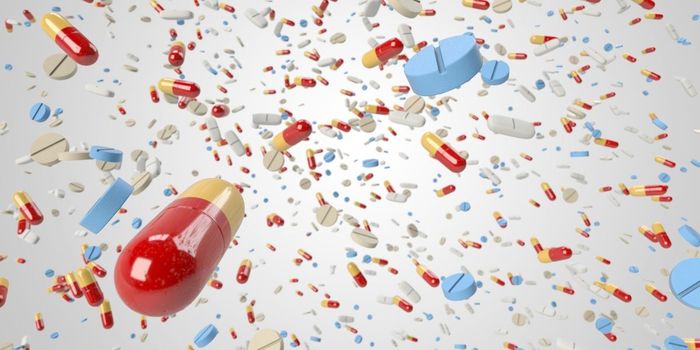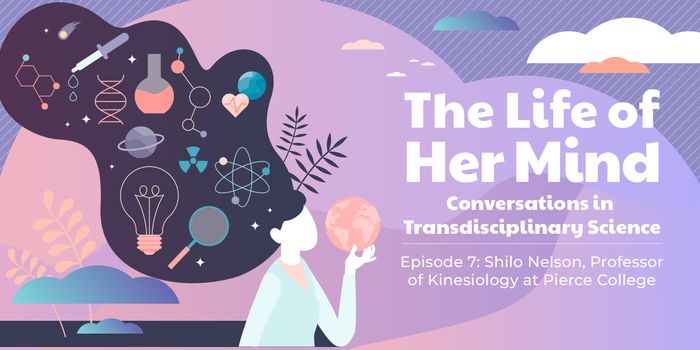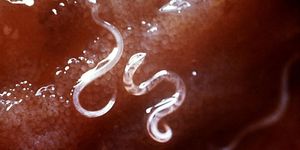The cosmetic industry is a multi-billion dollar market and competition is fierce. New formulas are constantly being found, combinations of certain substances are marketed as age defying and skin renewing, but what's really in some of these products? Checking the list of ingredients will show that, but not many people really understand what parabens are and how (or even if) some cosmetics actually work. In lotions and creams, there's usually a mix of oils and water, which normally would separate. Keeping creams together is accomplished with emulsifiers that have molecules that attach to water and to oil and keep the substances bound together. Examples of emulsifiers are different kinds of wax or cellulose based thickeners.
In addition to the consistency of cosmetic products, pigment is a big deal for lipsticks, eye shadow, blush, foundation and well..almost any make-up products. Getting a specific color just right is crucial because it's a marketing tool. Anyone can sell red lipstick, but making it stand out involves getting just the right shade of cherry juice scarlet persimmon red. While both organic and inorganic pigments can be used, what most consumers might not realize is that a common ingredient in getting the "just right red" is the cochineal bug. When crushed, these bugs provide pigment to hundreds of different shades of lip color. The science of making cosmetics attractive to buyers as well as safe and effective involves some pretty complex chemistry. And a few bugs.



















































